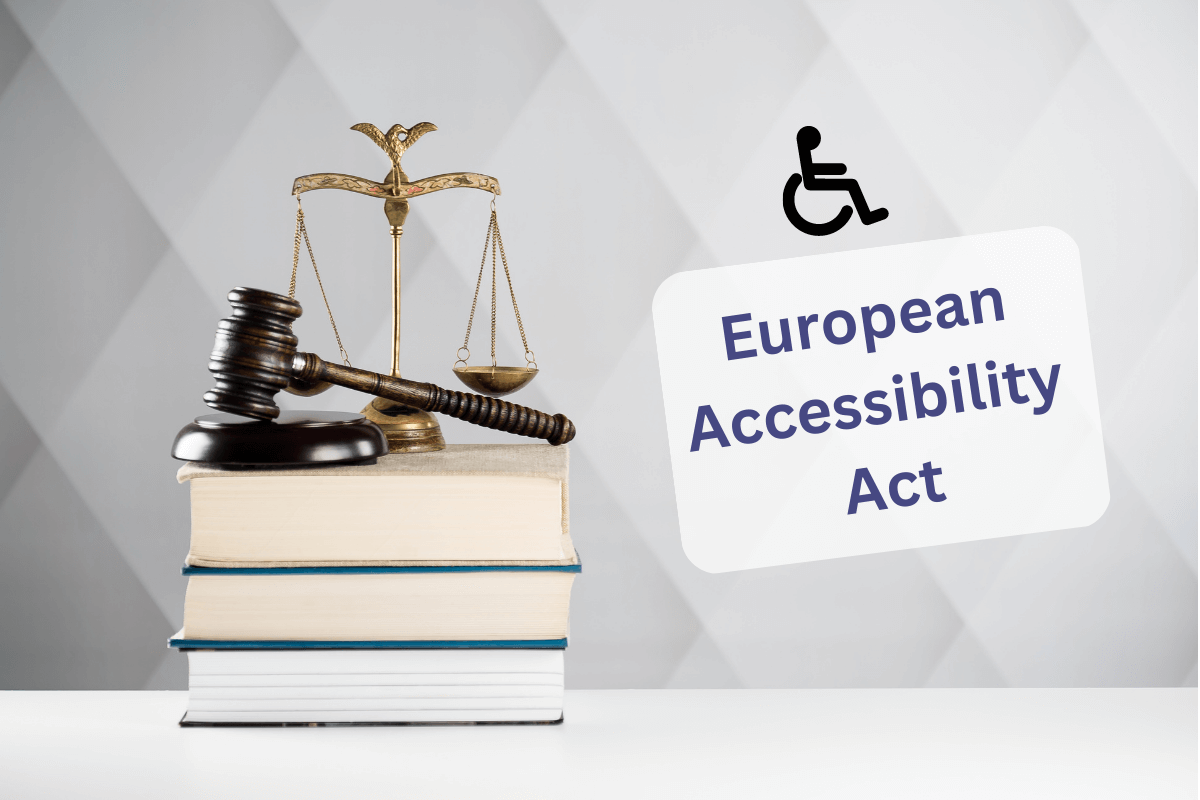The European Accessibility Act (EAA) is a step in the right direction in implementing the United Nations Convention on the Rights of Persons with Disabilities’ goal of universal accessibility. The purpose of the directive is to standardize accessibility regulations throughout Europe, hence improving products and services. The primary objective of this project was to increase the availability of accessible goods and services across Europe and to make the market more welcoming to individuals with disabilities. EAA, which was first introduced in 2011, would therefore apply to senior citizens and those with disabilities as of 2019.
In this regard, the US has advanced significantly with the adoption of laws like:
- Section 508
- ADA
- Section 255 of the Communications Act
- Americans with Disabilities Act (ADA)
- Assistive Technology Act of 1998
- Help America Vote Act of 2002
- 21st Century Communications and Video Accessibility Act of 2010
These laws have established guidelines and mandated accessibility measures for citizens with disabilities.
Table of Contents
Background of Directive EU2016/2102
This directive was accepted by the member states and became operational on October 26, 2016. In addition, member states have enacted national legislation to execute the order.
Almost all of the laws of major EU member states, including those of Sweden, Germany, Denmark, and Belgium, have adopted the directive as a guideline and utilize it as a minimum requirement. Again, these standards are grounded on the W3C’s Web Content Accessibility Guidelines (WCAG).
Currently, there are about 100 million people in Europe with various types of disability. People with disabilities include those who have visual and auditory impairments, as well as motoric and cognitive limitations. As the average age of European inhabitants rises, so will the population of persons suffering from various disabilities induced by old age.
Who Does This Directive Affect?
The EU directive is obligatory for all public sector entities and institutions under public authority. Typically, ‘Public Authority’ refers to public universities, municipal governments, and other public-funded institutions.
Currently, this order has no bearing on institutions in the private sector.
What are the timelines associated with the EU Directive?
- September 23, 2019 – It is expected that all websites created after September 23, 2020 should adhere to accessibility standards
- September 23, 2020 – All other websites, such as intranets and extranets, as well as time-based media like audio and video, must be accessible (read as mandatory Closed Captions)
- September 23, 2021 – All mobile applications will be required to be accessible
According to the directive, what does ‘Accessible’ mean?
According to this directive, accessibility is the capacity of a website, mobile application, time-based medium, or any other document to be viewed, operated, and understood fully by all users, including users who have visual, auditory, motor, or cognitive limitations.



